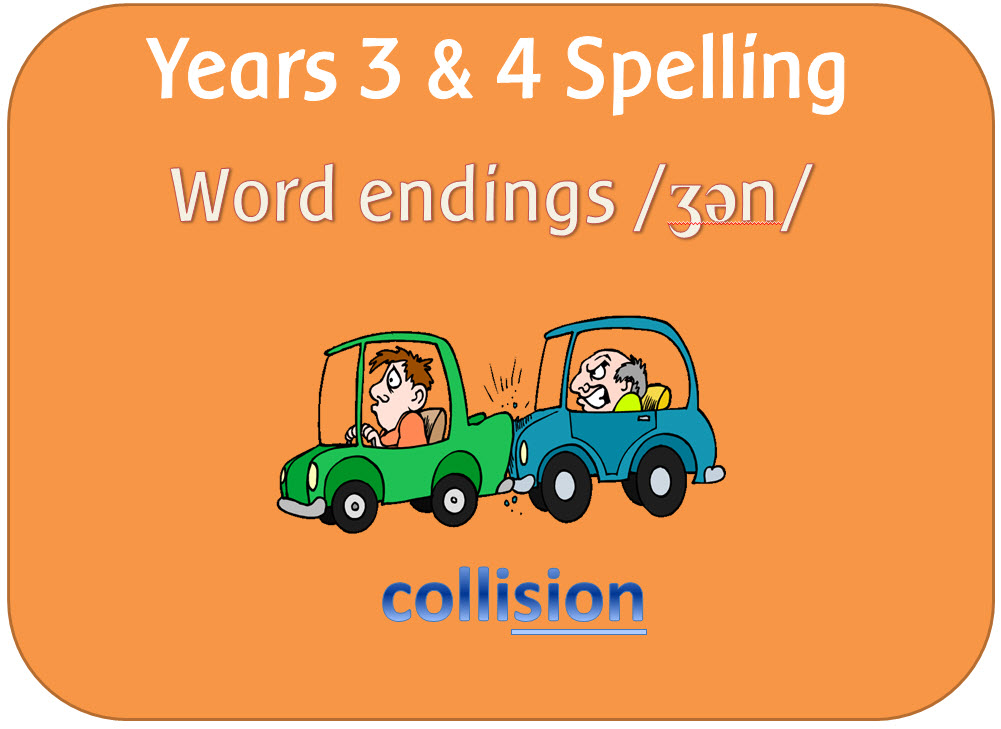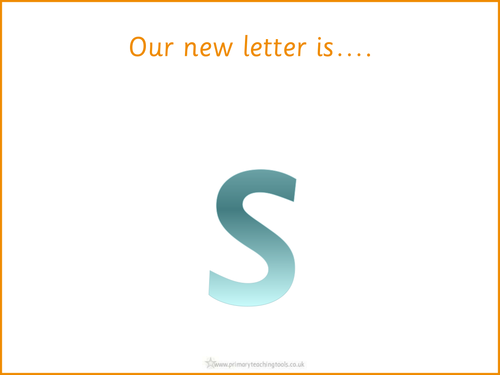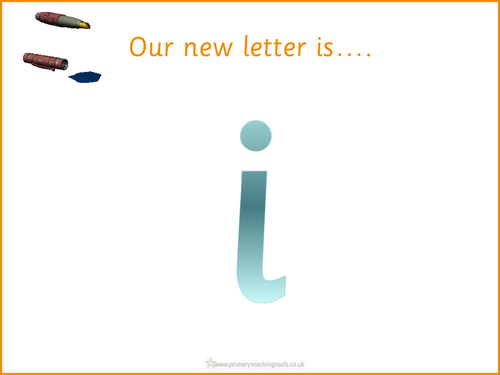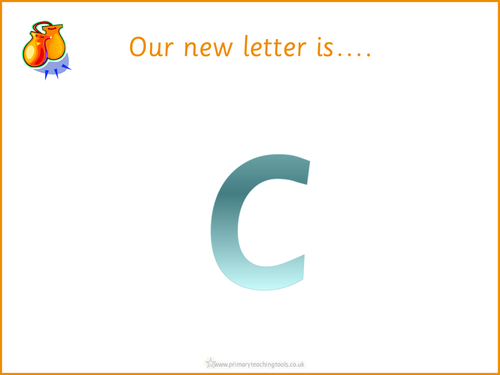
404Uploads
1072k+Views
683k+Downloads
English

SPaG Year 4 Text Grammar: Use of pronouns or nouns within and across sentences
5 POWERPOINTS:
Introduction to pronouns: Explains what pronouns are and gives an example of what text would look like if they were not used. It ends with an activity where the children read the sentences to see which pronoun should be used to aid cohesion and avoid repetition.
Pronoun practice: Exercise to see which pronouns should be used where.
Personal pronouns: A study of personal pronouns eg I/my/mine
Demonstrative pronouns: A look at this, these, that and those
Reflexive pronouns: A study of reflexive pronouns such as he/himself, with exercises to think of sentences containing them.
PRINTABLE PDF FILES:
Complete the pronoun matrix
Find the pronouns ( x 3): Read the stories and find the pronouns.
Indefinite pronouns: For display
Missing pronouns (x 2): Read the story and fill in the missing pronouns
Pronoun count: To use when reading to see which pronouns are the most common.
Pronoun list
Who am I: Picture cards for the children to describe using possessive pronouns

SPaG Year 3 & 4 Spelling: Endings which sound like /ʒən/ spelt as sion
Resources to teach the spelling guidelines for word endings which sound like /ʒən/ that are spelt as sion
POWERPOINT:
Words ending sion: Explains and looks at words with these endings, then ends with a spelling activity using the most common words ending in sion.
PDF (PRINTABLE) RESOURCES
Look Write Cover Check: For spelling practice
2 x word cards, one set with pictures, the other containing more difficult words.
TEACHER RESOURCES
Word list
Adaptable outline plan

SPaG Year 5 & 6 Spelling: Endings which sound like /ʃəl/ usually spelt -cial or -tial
The powerpoint lesson explains that cial is common after a vowel letter and tial after a consonant letter and gives examples of the exceptions. It ends with a spelling activity
PDF (PRINTABLE) RESOURCES:
LWCC cial words: For spelling practice
LWCC tial words: For spelling practice
Word endings cial or tial worksheets x 2
Wordsearch cial and tial word endings
Word list

SPaG Year 5 & 6 Spelling: Words ending in –ant, –ance/–ancy & –ent, –ence/–ency
A pack of 4 powerpoint lessons and 10 printable activities to teach the guidelines for spelling these types of words.
ENT ENCE ENCY ENDINGS
POWERPOINTS
1 Explains that ent is used after soft c g and qu, giving examples of each of these type of words. It ends with an activity that shows a word, then it can be hidden so the children can write it, then shown so the children can check the spelling.
2 Explains how you can think of related words to gauge whether to use an e for these types of endings, for example confidential:confident. It ends with the same spelling activity. Includes words other than those preceded by soft c g or qu
PDF WORKSHEETS
Look Write Cover Check ent words (soft c g and qu): For spelling practice
Look Write Cover Check ent words: For spelling practice
Look Write Cover Check ence ency words: For spelling practice
Word search
Worksheet: Adding the endings ent ence and ency to different words then writing them in a sentence
ANT ANCE ANCY ENDINGS
POWERPOINTS
3 Explains how you can think of related words to gauge whether to use an a for these types of endings, for example consultation: consultant. It ends with a spelling activity.
4 Looks at words that need to be memorised to learn which spelling to use: Ends with a spelling activity.
PDF WORKSHEETS
Look Write Cover Check ant words (related ation words): For spelling practice
Look Write Cover Check ance and ancy endings: For spelling practice
Look Write Cover Check ant words: For spelling practice
Word search
Worksheet: Adding the endings ant ance and ancy to different words then writing them in a sentence
Plus a word list for both spellings

SPaG Year 5 & 6 Spelling: Word endings that sound like /ʃəs/ spelt –cious or –tious
Resources to teach the spelling guidelines for endings which sound like /ʃəs/ spelt cious or tious
POWERPOINTS:
Shus endings spelt cious: Powerpoint explaining the rules If the root word ends in –ce, the /ʃ/ sound is usually spelt as c. It ends with a look, write cover check interactive activity.
Shus endings spelt tious: Explains the guideline If you can think of a noun from the same root word that ends in –tion, then the /ʃ/ (sh) sound is usually spelt as t. It ends with a look, write cover check interactive activity.
PDF (PRINTABLE) RESOURCES:
Look Write Cover Check cious words: For spelling practice
Anagrams ending cious worksheet
Look Write Cover Check tious words: For spelling practice
Anagrams ending cious worksheet
cious and tious wordsearch
Word list

SPaG Year 4 Terminology powerpoint
A powerpoint explaining the terminology for pupils in Y4 - determiner,pronoun, possesive pronoun and adverbial.

SPaG Year 4 Punctuation: Apostrophes to mark plural possession lesson, activity and display
A powerpoint lesson and worksheet to explain who apostrophes mark plural possession.
POWERPOINT:
Possessive apostrophes with plural words: Explains what they are and how they are used. Ends with an activity to rewrite phrases using possessive apostrophes.
PDF ACTIVITY:
Possessive apostrophes with plural words: Similar activity to the PowerPoint above.
DISPLAY
Plural possessive apostrophes posters

SPaG Year 5 & 6 Spelling: Adding suffixes beginning with vowel letters to words ending in –fer
Resources to teach the spelling guidelines for adding suffixes beginning with vowel letters to words ending in fer
POWERPOINT
Adding vowel suffixes to words ending fer: Explains the rule then gives the children opportunity to write the words applying the spelling rule.
PDF (PRINTABLE) RESOURCES
Complete the fer matrix worksheet
Word list

SPaG Year 5 & 6 Spelling: Word endings able, ably, ible and ibly
A pack of resources to teach the spelling guidelines for Words ending in able, ably,ible and ibly
POWERPOINTS
able word endings
ible word endings
PDF (PRINTABLE) RESOURCES
Look Write Cover Check able ably words
Look Write Cover Check ible ibly words
Word cards - able endings
Word cards - ible endings
Wordsearch - able and ible words
Word endings ible or able worksheet x 2
Word lists

SPaG Year 5 & 6 Spelling: Words with the /i:/ sound spelt ei after c
A powerpoint lesson plus the following pdf files to teach the children how the i before e except after c rule applies to words where the sound spelt by ei is /i:/,plus the exceptions to the rule.
Pdf files:
Look Write Cover Check x 2: For spelling practice
ei and ie words worksheet: A passage to read and write down ei and ie words
ei words writing practice: List of ei words to identify and spell
Strategies for remembering how to spell ei words worksheet: Looks at the different spelling strategies children can use

SPaG Year 5 & 6 Spelling: Words containing the letter-string ough
A set of resources ( 1 powerpoint lesson, 6 printable files) to teach about the many different words with the ough spelling.

SPaG Year 5 & 6 Spelling: Words with silent letters
A pack of resources to teach about words containing silent letters.
POWERPOINTS
Words with silent letter k
Words with silent letter g
Words with silent letter w
Words with silent letter b
Words with silent letter c
Words with silent letter d
Words with silent letter n
Words with silent letter t
Words with other silent letters
Words with silent letter and unusual letter patterns
PDF (PRINTABLE) RESOURCES
Look Write Cover Check x 10: For spelling practice (Each one matches the words contained in each PowerPoint)
Silent letters k g and w worksheet: Words to sort into which silent letter they contain
Words with silent letter b worksheet: Jumbled words to rearrange then write a sentence.
Words with silent letter c worksheet: Jumbled words to rearrange then write a sentence.
Words with silent letters d and n worksheet: Jumbled words to rearrange then write a sentence.
Words with silent letter t worksheet: Jumbled words to rearrange then write a sentence.
Words with silent letters missing: To fill in then write a sentence.

Vocabulary, grammar and punctuation school assessment Years 1 - 6
A set of materials to assess Appendix 2 for Years 1 to 6 in the English curriculum 2014. It contains a booklet for individual assessment and also class recording sheets.

SPaG Year 6 Word Grammar: Formal and informal vocabulary
A powerpoint lesson and worksheet to teach the difference between vocabulary typical of informal speech and vocabulary appropriate for formal speech and writing.

SPaG Year 6 Sentence Grammar: Use of the passive
POWERPOINT: Explanation of active and passive sentences and how to arrange an active sentence to make it passive. Explains how and when passive sentences can be used
PRINTABLE FILES (PDF): Passive sentences worksheet: Change the active sentences into passive sentences

Phase 1 Aspect 2 Instrumental Sounds: Letters and Sounds Phonics resource pack
A mixture of powerpoints and printable activities to encourage sound discrimination by listening to instrumental sounds.

SPaG Year 6 Terminology powerpoint
A powerpoint explaining the terminology for pupils in Y6: subject, object, active, passive, synonym, antonym
ellipsis, hyphen, colon, semi-colon and bullet points.

Phase 2 Letters and Sounds phonic resources: set 1 letters- s a t p - powerpoint introductions
There is one powerpoint for each new letter. Each introductory powerpoint:
Introduces the new letter, shows a picture mnemonic, demonstates correct letter formation then reinforces it with an initial sound game.
Also in the pack:
A powerpoint showing each letter in the set with a picture to help the children remember the sound;
A set of letter flashcards of all letters learnt so far
A 'what begins with....' game where the children have to select an object that begins with the specified letter.

Phase 2 Letters and Sounds phonic resources: set 2 letters- i n m d - powerpoint introductions
There is one powerpoint for each new letter. Each introductory powerpoint:
Introduces the new letter, shows a picture mnemonic, demonstates correct letter formation then reinforces it with an initial sound game.
Also in the pack:
A powerpoint showing each letter in the set and previous sets with a picture to help the children remember the sound;
A set of letter flashcards of all letters learnt so far
A 'what begins with....' game where the children have to select an object that begins with the specified letter.

Phase 2 Letters and Sounds phonic resources: set 3 letters- g o c k - powerpoint introductions
There is one powerpoint for each new letter. Each introductory powerpoint:
Introduces the new letter, shows a picture mnemonic, demonstates correct letter formation then reinforces it with an initial sound game.
Also in the pack:
A powerpoint showing each letter in the set and previous sets with a picture to help the children remember the sound;
A set of letter flashcards of all letters learnt so far
A 'what begins with....' game where the children have to select an object that begins with the specified letter.




















